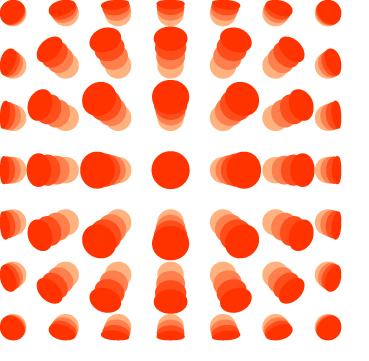
The RTG 2905 will enable doctoral researchers to explore the nanocosmos in motion in a radically new way. Novel concepts of nanovideography will be pioneered to resolve atomic-scale elementary dynamics and to trace the ensuing cooperative processes in systems of increasing complexity, directly in ultraslow-motion pictures. Complementary principles, such as lightwave scanning tunnelling microscopy, time-resolved momentum microscopy, near-field nanoscopy, superresolution microscopy, ultrafast atomic force microscopy, and time-resolved cryoelectron microscopy will be employed to clarify particularly timely questions on dynamics of systems ranging from individual molecules to more complex biomolecular and solid-state nanostructures. Starting from coherent electron dynamics (area A), we will follow excitation propagation (area B) and ultimately structural dynamics (area C). To establish the causal link between elementary quantum dynamics and cooperative secondary processes, the relevant nanoscopy approaches have to reach ultrafast time resolution, which is only achievable by using light pulses. At the same time, the spatial resolution has to be far below the diffraction limit of light.
Central research goals:
- G1 | Visualizing single-particle dynamics in few-fermion systems
- G2 | Tracing cooperative processes in complex systems
- G3 | Developing and understanding tailor-made ultrafast nanoscopy concepts

